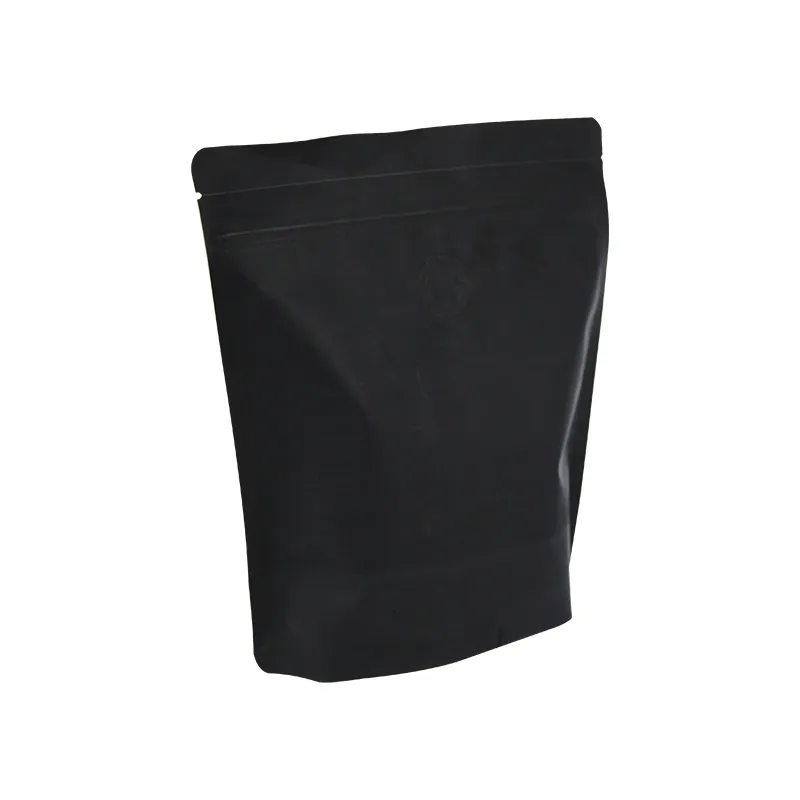cleanroom definition
Understanding Cleanrooms Definition and Significance
A cleanroom is a controlled environment that is meticulously designed to minimize the presence of airborne particles, contaminants, and other impurities. This specialized space is pivotal in various industries, including pharmaceuticals, biotechnology, semiconductor manufacturing, and aerospace, where even the slightest contamination can lead to significant challenges, failures, or safety hazards. The definition of a cleanroom encompasses not only physical measures to reduce contamination but also operational protocols and standards that govern how activities within these rooms are conducted.
Understanding Cleanrooms Definition and Significance
The architecture of a cleanroom is a crucial aspect of its effectiveness. These rooms are designed with smooth, non-porous surfaces that are easy to clean. Specialized air filtration systems, such as High-Efficiency Particulate Air (HEPA) filters, are utilized to continuously purify the air and maintain strict airflow patterns, which help to prevent the settling of particles. Additionally, the temperature and humidity levels within cleanrooms are closely monitored and controlled to further reduce the chances of contamination.
cleanroom definition

Operational practices in cleanrooms are equally important as the physical structure. Personnel working in cleanrooms are required to adhere to stringent protocols, including wearing cleanroom garments that minimize the release of particles from clothing. These garments often include gowns, gloves, masks, and shoe covers, all designed to protect both the environment and the products being manufactured or tested. In addition, regular training is essential, ensuring that all staff members understand the critical importance of maintaining cleanliness and the specific procedures appropriate to their roles.
Cleanrooms not only serve as spaces for producing sterile products or conducting precision measurements but also play a vital role in research and development. In the pharmaceutical industry, for example, cleanrooms are essential for the production of sterile drug formulations and biologics, where contamination could lead to unsafe products. Similarly, in semiconductor manufacturing, a cleanroom environment is necessary to create chips that function reliably within electronic devices.
The significance of cleanrooms extends beyond mere compliance with industry standards; they are integral to ensuring product reliability, safety, and efficacy. In sectors such as healthcare, where the failure of a product could lead to dire consequences, the role of cleanrooms cannot be overstated.
In summary, a cleanroom is a sophisticated environment that combines architectural design, air quality control, and strict operational protocols to minimize contamination. With their diverse applications in critical industries, cleanrooms represent a vital intersection of technology, safety, and precision, underscoring the continuing need for innovation in maintaining clean environments that propel scientific and industrial advancements.













